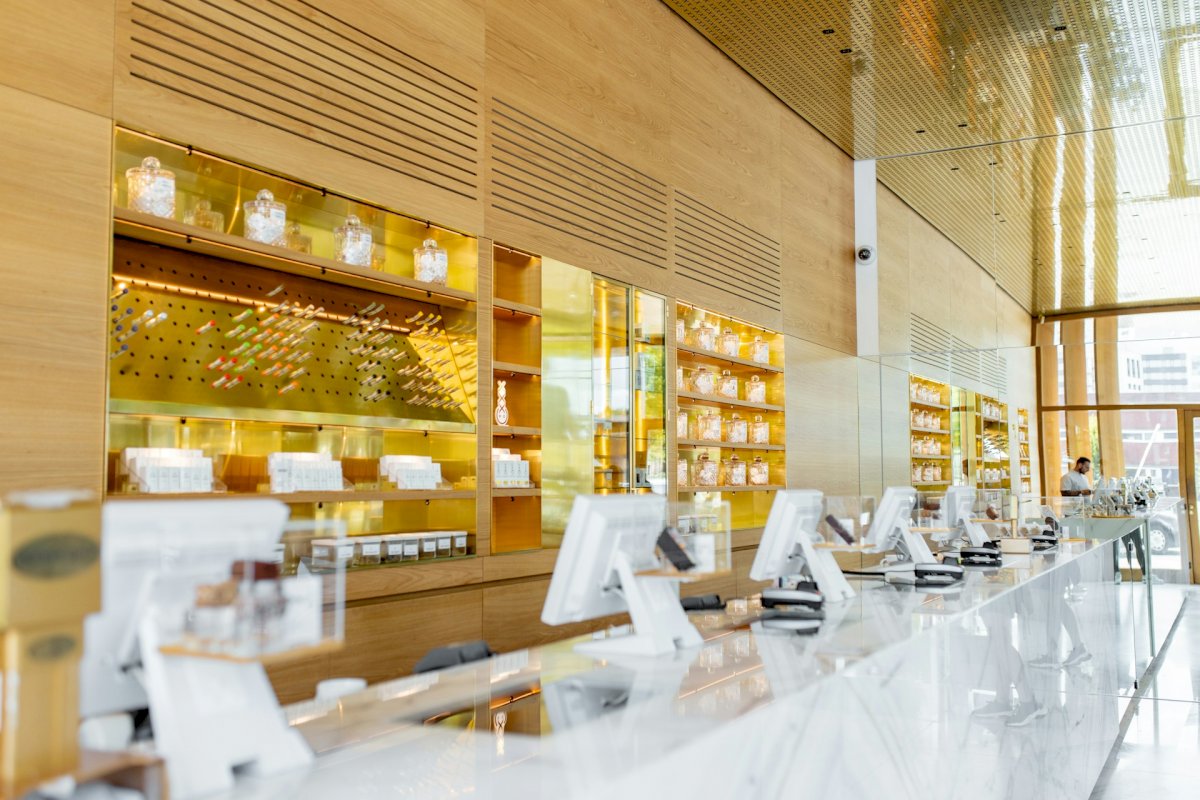2018 was a game-changing year for retailers in terms of consumer demands, trends, and overall environment of the retail market. 2019 is expected to unveil even more high tech innovations that change the way customers shop and how businesses operate both internally and on store floors.
With such rapid development occurring in retail, retailers both large and small must stay on top of trends and adapt their business strategies accordingly to prevent their business from losing its competitive edge. The first quarter has already begun, but it is never too late to take a look at a few of the many projected trends in retail for 2019, and get a better idea of what to expect this year.
Omnichannel advertising
“Omnichannel” is a buzzword that business will likely hear more and more in 2019. Omnichannel marketing has become increasingly popular with retailers and their customers, and as a result, omnichannel advertising is beginning to take center stage as the most reaching and successful promotional strategy for 2019. TV commercials and magazine pages don’t work the magic they used to in regards to reach. The latest and greatest of the retail industry - like the beauty retailer Glossier - abandoned traditional advertising strategies in favor of their own blog and social media accounts, and found great success in doing so. 2019 will see less side-banner ads on random webpages or billboards along highways in favor of instagram, mobile apps, and other advertising methods aimed at immaculately integrating multiple channels of promotion.
Bold campaigns
If you thought 2018 was too political and divisive for your own liking, 2019 will make last year look tame in that regard. Many companies are ditching the safe-zone of politically correct mass marketing in favor of daring promotional campaigns centered around hot social and/or political topics. Last year, Nike proved the overall, long-term success of bold, opinionated advertising after they featured controversial American football player Colin Kaepernick in their biggest promotional campaign of the year. Sure, people did burn their sneakers and swear up and down they’d never buy Nike products again. Overall, however, Nike saw a $6 billion increase in sales especially in their last quarter after their campaign launched. Consumers are more comfortable with brands having their own voice and personality, so retailers will likely continue to warm up to the idea of opinionated advertising in 2019 and take big risks in their promotions.
Creative stores for more customers
As online shopping continues to take the world by storm, brick-and-mortar shops are becoming increasingly creative in getting customers to come inside and take a look around. Previous years have taken a toll on in-store shopping; even very successful brands like Saks Fifth Avenue found themselves closing up stores in 2018, unable to keep up with increased competition and changing consumer demands. Consumers now enjoy the convenience of shopping online from the comfort of their own homes, and companies need to innovate in order to make their in-store shopping experience worthwhile.
Several interesting methods are already being tested out by retailers in-store. Giants like Ikea are making smaller stores to better suit urban areas, and retailers like Macy’s are displaying smaller brands in their “marketplace,” often exclusive to certain in-store locations. It seems as though online stores will take over the mass marketing retail giants still require, while in-store offers will continuously become more unique, entertaining, and better suited to local tastes.
Automation in (almost) everything
As per usual, other retailers might have some catching up to do this year in terms of innovation behind Amazon. Amazon successfully experimented with “Amazon Go,” grocery stores which use automation and cloud technology to feature cashierless check-outs and seamless transactions. In fact, 2019 may be the year of automation in general for retail, both online and offline.
Internally, technological advances such as pricing and analytics are continuously done by machine more so than man in most large retail companies. Additionally, customers are beginning to embrace the advantages machines have regarding their shopping experience. As the average shopper becomes accustomed to the convenience of self-checkouts in-store or suggested purchase recommendations online, they are more willing and able than ever to accept more technological innovations revolving around retail. Lastly, retailers themselves are starting to wake up to the advantages of allowing automation to take over tedious, menial tasks so employees can focus on more important business matters. Be prepared for business to further innovate using automation in 2019 as they continue to find more ways automation can optimize commerce.
Online market presence in-store
Additionally, this year we will see the online retail market creeping into offline ventures as well. After the success of Amazon’s in-store project “Amazon Go,” other retailers previously exclusive to E-commerce will likely find the courage to embark on similar experimental in-store locations themselves. Display stores made up of multiple areas for rent to online retailers may become a popular way for E-commerce business to avoid hefty lease agreements and showcase new releases in-store without hassle. Online retail giants will open shops of their own for a more long-term presence in-store.
Previous predictions of in-store locations disappearing entirely seem to have underestimated the impact in-store stopping can have on customer experience. E-commerce businesses have been paying attention, though, so expect many more of their in-store locations to start popping up this year.
The retail industry can look forward to many interesting innovations and changes to the market in 2019. Different advertising strategies and platforms will allow retailers to have a better, broader reach and take bigger risks with their brand image. In-store locations will become more creative as they continue to compete with E-commerce brands, which will not only dominate online shopping, but also begin to expand to brick-and-mortar locations. Lastly, automation will continue to re-shape how retail business is conducted and how customers shop as it is applied throughout more aspects of retail.






